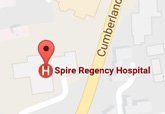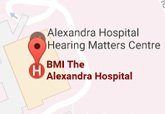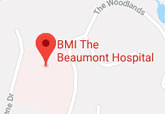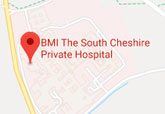Posterior Cervical Fusion
Posterior cervical fusion (PCF), a surgical procedure performed through the back of the neck, involves joining or fusing two or more damaged cervical vertebrae. The fusion of vertebrae is also known as arthrodesis. Sometimes, metallic plates may be used for fixing the vertebrae, this is also known as instrumentation.
PCF may be employed for the management of cervical fractures, bone dislocations, and deformities due to abnormal curvature of the cervical vertebrae.
How is the procedure performed?
The basic steps of posterior cervical fusion include:
- The procedure is conducted in an operating room with the patient under general anaesthesia.
- The patient lies face down on the operation table.
- A small incision is made over the middle of the neck, at the back.
- The muscles and the soft tissues are then retracted to approach the spine.
- X-ray imaging is employed to identify the affected intervertebral disc.
- The surfaces of the lamina of each vertebra to be fused are trimmed. This results in bleeding which aids in rapid healing of the fused bones.
- In addition, small strips of bone graft taken from the pelvis are placed over the spinal column, which aid in fusion of the bones.
- Confirmatory X-rays may be taken to confirm the proper placement of the bone graft.
- Finally, the retracted muscles and soft tissues are placed in their normal positions and the wound is sutured.
What are the steps recommended for post-operative care?
Patients may be discharged from the hospital within a week of the surgery. A neck brace is recommended for several months, however this restriction may not be required if the vertebrae are fixed with a metal plate during the PCF surgery. Patients are initiated on a liquid diet which is gradually changed to solid food, depending on their recovery.
Physical therapy is recommended after 4-6 weeks of the surgery. Physical therapists help patients perform their routine activities without exerting any extra stress on the neck. Rest is advised as it helps in healing of the bone graft.
What are the associated risks and complications?
Every major surgery is associated with complications. Some of the complications associated with posterior cervical fusion include:
- Complications related to anaesthesia
- Conditions such as thrombophlebitis
- Non-union or pseudarthrosis
- Infection
- Damage to the spinal nerves
- Problems related to bone graft
- Persistent pain




